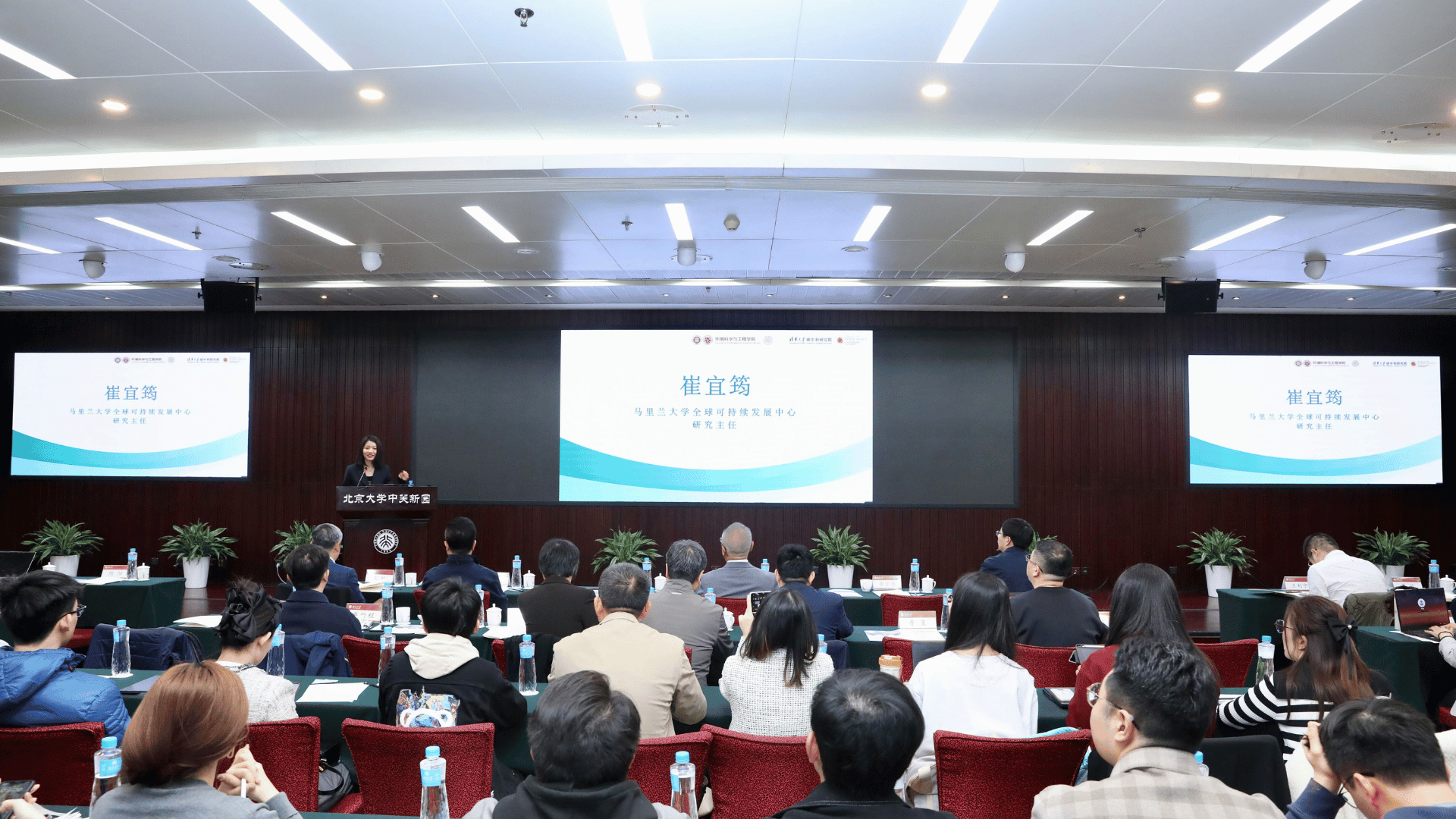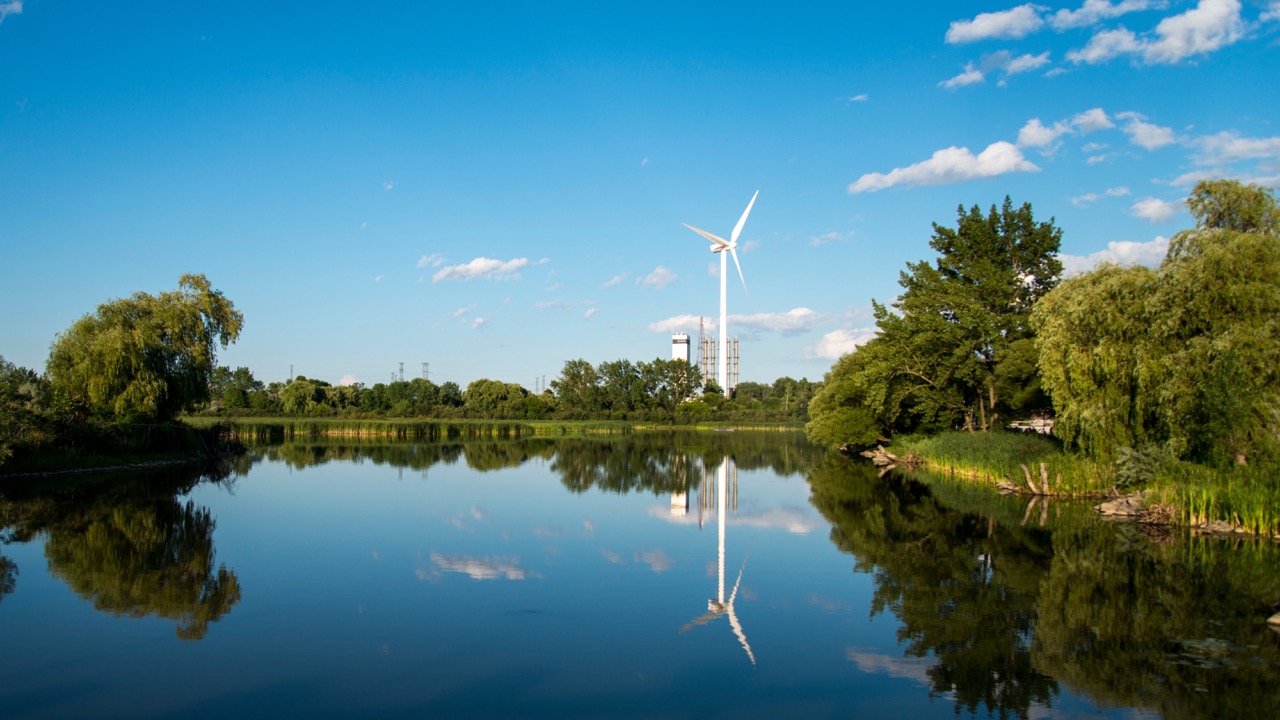
The new U.S.-China climate statement: Implications for domestic action and international response at COP28
By: Nate Hultman, Ryna Cui, Mengye Zhu, Jiehong Lou
The United States and China have released the “Sunnylands Statement on Enhancing Cooperation to Address the Climate Crisis.” This statement continues and expands on previous agreements in important ways, and covers a wide range of topics. It is a statement with substantial new areas of commitment and indicates enhanced cooperation between the two countries that can provide respective domestic benefits as well as support improved global outcomes. Highlights from the statement include:
-
U.S.-China Global Leadership. It recognizes and reaffirms the importance of U.S. and Chinese cooperation to address the global climate crisis. These are the world’s top two emitters and top two economies, so their actions domestically are essential to keeping 1.5C within reach. But equally importantly, other countries will be looking to the U.S. and China for examples—and their joint action can be catalytic. Moreover, the world knows that these two countries have geopolitical tensions, and in that light, the cooperation to address this critical global issue demonstrates considerable commitment. In the words of the statement, the U.S. and China “are aware of the important role they play in terms of both national responses and working together cooperatively to address the goals of the Paris Agreement and promote multilateralism. They will work together and with other Parties to the Convention and the Paris Agreement to rise up to one of the greatest challenges of our time for present and future generations of humankind.”
-
Power Sector Emissions Reductions in the 2020s. It addresses critical questions in the power sector that are central to both countries’ 2020 emissions reductions. China currently has over 130 GW of new coal capacity under construction, and has been planning to build out more. The United States continues to rely on gas generation. The statement calls for an accelerated renewable deployment which implies continued expansion of renewables in China from 2020 levels. The statement specifically aims for a “meaningful absolute power sector emission reduction in the critical decade of the 2020s”. This provides additional clarity on China’s plans for actually reducing power sector emissions by 2030 and sets a good path for the U.S. towards carbon-free power generation by 2035. Joint work can aim to address grid stability concerns with increasing intermitted renewable penetration while phasing down fossil back-up capacity.
-
Non-CO2 greenhouse gases to be included in national targets. It offers substantial cooperative activities and indications of domestic action and new commitments on non-CO2 greenhouse gases. Very importantly, it offers concrete commitments regarding their next round of 2035 climate targets under the Paris Agreement. In a major and critically important change, China, which has not as of yet included non-CO2 greenhouse gases in its targets, has agreed that its 2035 NDC will include all greenhouse gases and across all economic sectors. In addition, the U.S. and China have agreed to add methane actions or targets in their 2035 NDCs. Notably, it also addresses cooperation on Cooperation on the nitrous oxide reduction, another non-CO2 GHGs. It also reaffirms both countries’ commitment to phasing down HFCs under Kigali, including minimum efficiency standards for cooling equipment manufacturing—particularly critical given China’s huge exports of air conditioners and refrigerators.
-
Other Supportive Areas. It initiates a number of cooperative areas on issues that are supportive of enhanced action, including health improvements from reduced air pollution with an emphasis on ground-level ozone, circular economy and a callout on plastic pollution, large-scale cooperative CCUS projects in industry and energy, forests, and sub-national action.
-
Convenings and Cooperative Mechanisms. It restarts some previous mechanisms, including the U.S.-China Energy Efficiency Forum, and initiates a number of new convenings, including a methane summit at COP28, an event highlighting sub-national action in early 2024 and broad engagements across multiple public and private stakeholders on implementation, and a number of smaller and more focused technical dialogues.
-
COP28. Finally, it frames up an approach to the international discussion at COP28 on how to move ahead in light of the first global stocktake under the Paris Agreement. This type of pre-discussed language can be very helpful at building consensus toward a successful multilateral negotiation in Dubai in early December at COP28.
The Center for Global sustainability has a large program supporting work on U.S.-China climate collaboration. Additional resources:
- Renewed U.S.-China Climate Leadership: Opportunities for collaboration and enhanced action
- Commentary: U.S.-China climate meeting outcome in Beijing, July 2023



